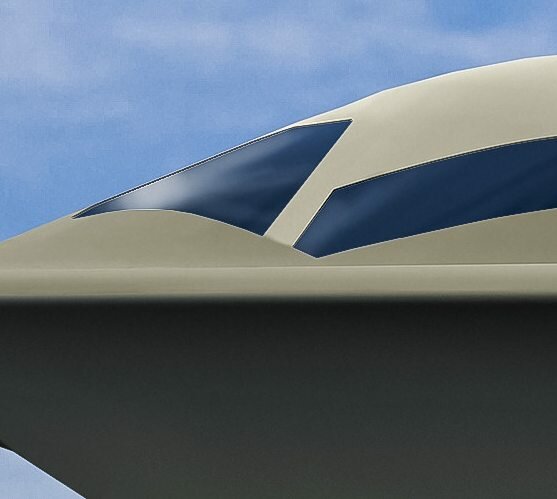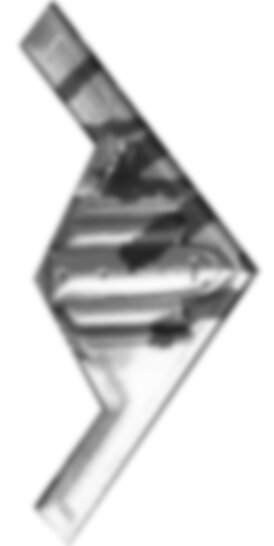Northrop Grumman B-21 Unveiling May Answer Lingering Mysteries
Steve Trimble November 14, 2022
Slightly more than 34 years after the rollout of the Northrop Grumman B-2 Spirit on Nov. 22, 1988, the U.S. Air Force plans to unveil the B-21 Raider to the public on Dec. 2.
The rollout from the company’s Site 4 complex within the Air Force’s Plant 42 in Palmdale, California, will provide the first glimpse of the physical aircraft since the launch of the Long-Range Strike Bomber (LRS-B) program over a decade ago.
The aircraft revealed during the rollout may seem very familiar, however. While most program information is classified, a perhaps surprising amount of detail about the B-21 Raider’s design, performance and capabilities has entered the public domain since the Pentagon awarded the LRS-B contract to Northrop on Oct. 27, 2015.
The Air Force has released three renderings of the bomber since 2016, showing the aircraft as viewed from above and below on the right side and from a level aspect on the left side. By comparison, the service released only a single rendering of the B-2 before its 1988 rollout, revealing its flying-wing shape and distinctive, sawtooth trailing edge.
Although described as falling short of photographic accuracy, the renderings consistently show a flying-wing bomber resembling the B-2’s familiar design, with certain critical differences.
In comparison to the B-2, the released B-21 renderings appear to reveal:
- Extended, high-aspect-ratio, outboard wing sections compared with the B-2, which may offer improved lift characteristics at high altitude.
- A single W-shaped trailing edge, which appears simplified compared with the double-W, sawtooth shape of the B-2. The latter was added by Northrop late in the B-2’s design phase due to a change in Air Force requirements, which changed to include a low-altitude penetration capability.
- Inboard-canted, wingtop engine inlets. Instead of the B-2’s longitudinally flush, aft-canted inlets, the B-21 appears to deliver airflow to the engines through deeply embedded inboard-canted inlets.
- A three-pane windscreen, including a single, central pane flanked by two upward-sloping, rectangular side windows. By comparison, the B-2 uses four windscreen panels that wrap around the cockpit. Program officials explain that the B-21’s windscreen design will be easier to maintain and should offer better visibility to the pilots during inflight refueling.
- A two-wheel main landing gear. In comparison with the four-wheel bogies on the B-2, the B-21’s half-size gear, if accurately depicted, may indicate a smaller overall aircraft.
Despite these apparent revelations, the renderings leave many other critical details secret. As the Air Force allows the public to view the bomber for the first time, close observers will be on the lookout for confirmation or clues about the following items:
[end of excerpt]








